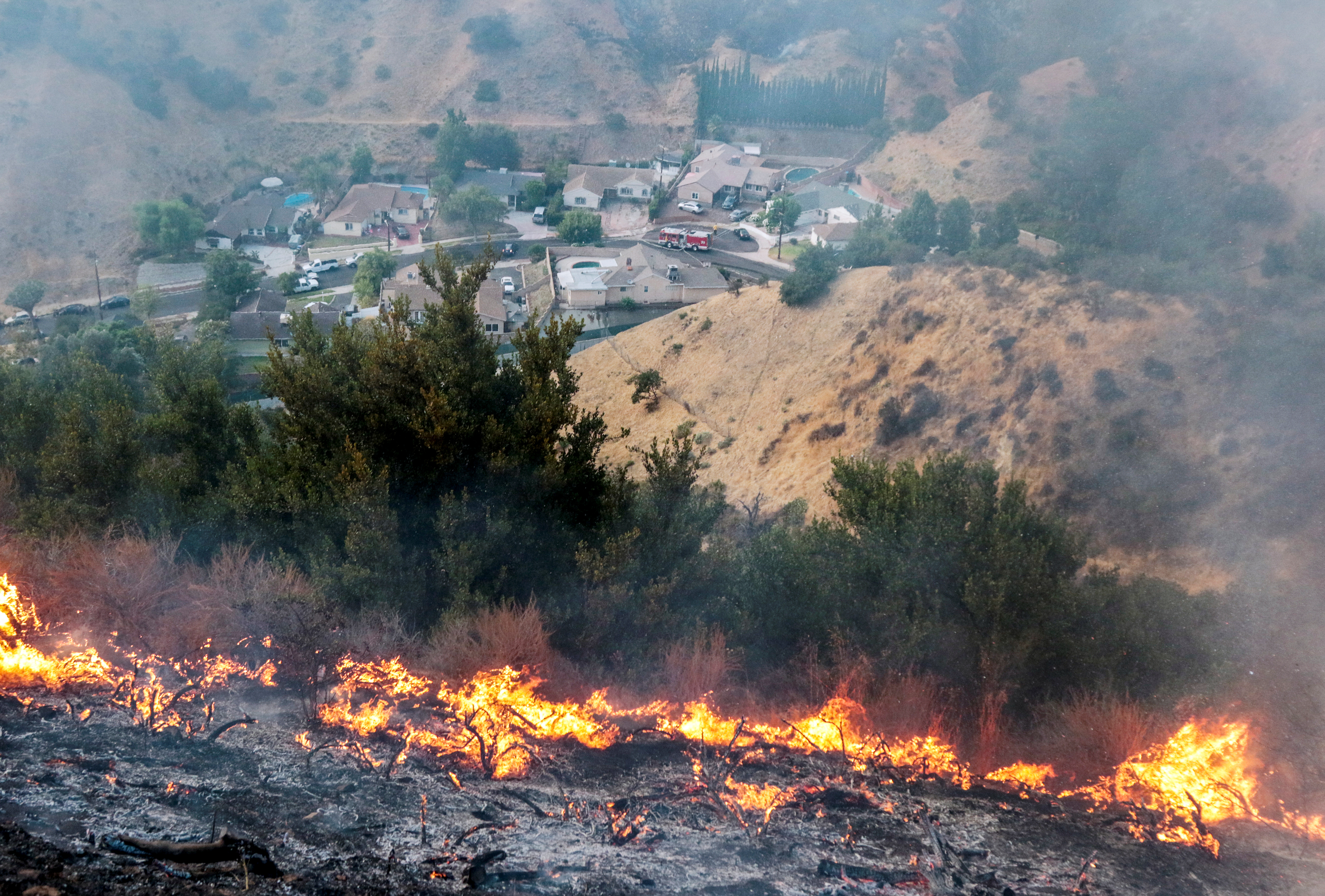
Important Takeaways:
- A week after a devastating inferno leveled large swaths of Pacific Palisades and Altadena to ash, Los Angeles County remained under a severe fire threat on Wednesday morning. Residents have been left in a state of shock, expressing frustration over what many see as possible negligence by county and/or state officials to mitigate the spread of the fires. The fires have become the region’s worst fire disaster in history, with new damage and economic loss estimates between $250 billion and $275 billion, according to AccuWeather.
- “These fast-moving, wind-driven infernos have created one of the costliest wildfire disasters in modern U.S. history,” AccuWeather Chief Meteorologist Jonathan Porter said, adding, “Hurricane-force winds sent flames ripping through neighborhoods filled with multi-million-dollar homes. The devastation left behind is heartbreaking, and the economic toll is staggering.”
- The concentration of wealth in Pacific Palisades is high. According to IRS data analyzed by JPM, the average home in the area is valued at $3.5 million, yet more than half of tax returns report an adjusted gross income under $200,000. In Altadena, where the average home value exceeds $1.2 million, over 80% of tax filings show incomes below $200,000, with more than 60% reporting less than $100,000
- “Construction costs will be lower than home values though: in 2019, Redfin estimated that land value was 60% of the price of a home in Los Angeles, the highest share among any major metro area,” the analysts pointed out.
- Palisades Fire:
- Burned 23,713 acres and numerous homes, businesses and landmarks in Pacific Palisades and westward along Pacific Coast Highway, toward Malibu. As of 7:00 a.m. Tuesday morning, the fire was 17% contained… More than 12,000 structures remain threatened.
- Officials estimate that more than 5,300 structures, including many homes, have been damaged or destroyed.
- Eaton Fire:
- Burned 14,117 acres and many structures in Altadena and Pasadena. As of 7 a.m. Tuesday morning, the fire was 35% contained… Officials say 7,000 structures have been damaged in the fire
- Headlines via L.A. Times (local paper not thrilled with mayor & other city officials who failed the taxpayers):
- L.A. fire officials could have put engines in the Palisades before the fire broke out. They didn’t
- Mayor Karen Bass was at embassy cocktail party in Ghana as Palisades fire exploded
- L.A. City Council seeks transparency on empty reservoir, dry fire hydrants
- A week after the L.A. firestorms began, the threat continues as the unprecedented losses sink in
Read the original article by clicking here.









